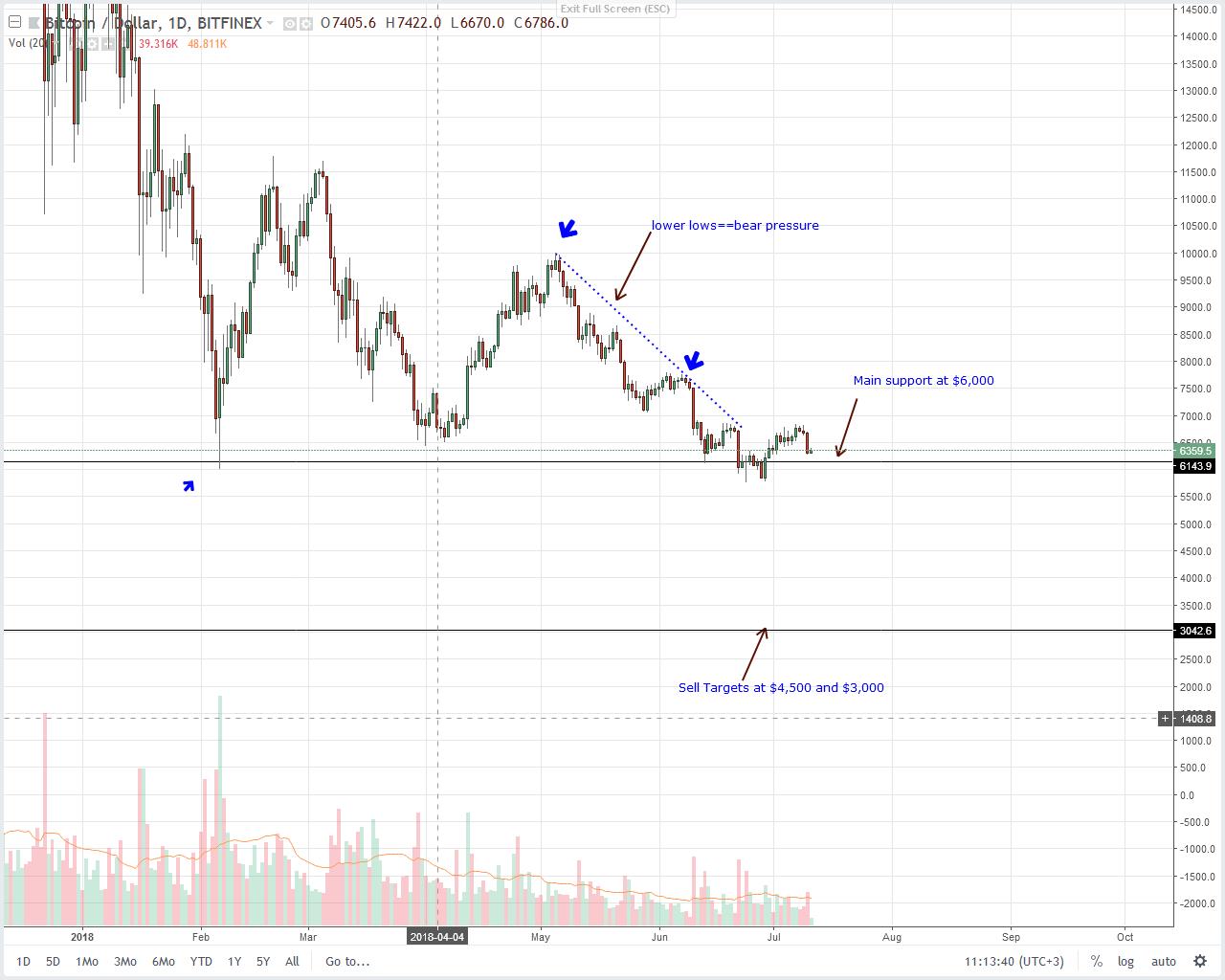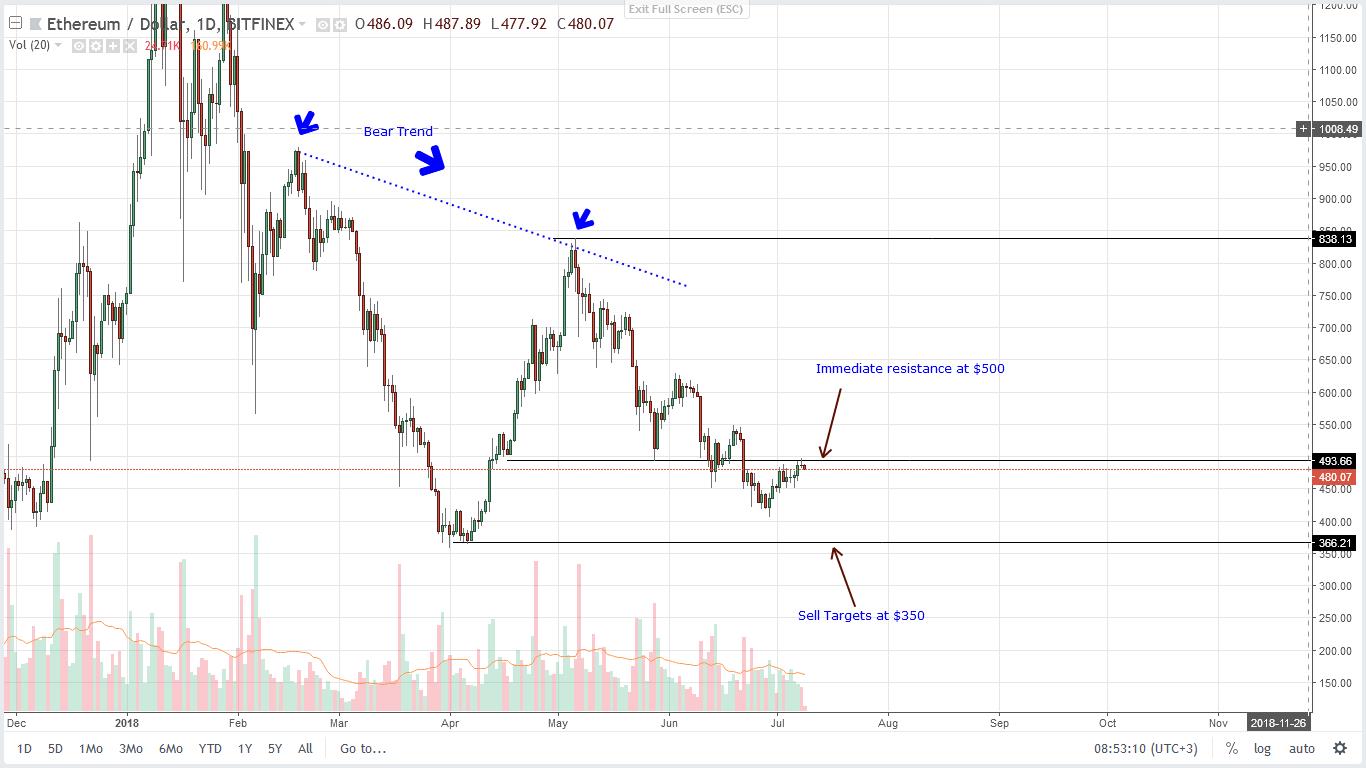2018-10-31 03:22 |
There are indeed a growing number of positive aspects with EOS, but a newly discovered quality could make it much favorable among cryptocurrency enthusiasts. For example, it has been found that EOS consumes a less amount of power compared to the sheer consumption witnessed with Bitcoin in the creation of virtual coinage.
Calculations performed by GenerEOS, an EOS block producer, indicate energy consumption statistics in several countries are lower compared to the energy taken to produce Bitcoin. GenerEOS reports that Bitcoin's Proof-of-Work (PoW) mining algorithm is quite demanding, with power consumption reaching 73.1 TWh annually. The high levels of power consumption make Bitcoin rank high among the excessive electricity consumption sources to go beyond energy intake in countries like Czech, Chile, Austria among others.
Despite its enormous reach, Ethereum seems to also face a hurdle in its power consumption. However, being a decentralized platform where developers can utilize smart contracts means Ethereum consumes far less power compared to its counterpart, Bitcoin. Data obtained from Digiconomist.net shows the Ethereum Network consumes only 18.9 TWh of electricity annually, which is a fraction of Bitcoin’s intake.
EOS' Energy ConsumptionBy comparison, EOS appears to reduce the require electricity necessary for new virtual coinage drastically. The EOS energy breakdown comes in at around 0.0011 TWh annually which makes the cryptocurrency a game changer in itself. The comparison further shows energy efficiency with EOS consumption 66, 450 times less than that of Bitcoin and 17,236 times more efficient compared to Ethereum.
A good chunk of the difference between EOS and its counterparts lies within its Graphene technology foundation. The Delegated Proof of Stake (DPoS) consensus mechanism builds a multi-lane processing capacity to ensure EOS delivers in all areas. According to GenerEOS, DPoS does not rely on blockchain miners in the addition of new blocks but rather a delegated number of elected block producers responsible for confirming the blocks. Such a scenario eliminates mining arms race witnessed by miners using dominant and energy-consuming hardware to make a profit.
MyCryptoPedia explains:
“With the DPoS, witnesses are given specific time schedules to validate the mining blocks. Therefore, the intense competition for the addition of the next blocks becomes impractical, which in turn reduces energy costs for adding a single block compared to PoW.”
Other BlockchainsUnfortunately, the GenerEOS reports consider only three blockchains despite the industry having countless other models that exist. In comparing with different research findings, it is imperative to indicate that Ripple was also found to be excellent as a low-energy blockchain. Researchers found Ripple consumed 0.0005361 TWh of electricity annually, making it far more efficient than even EOS.
GenerEOS findings do indicate blockchains relying on mining consume far more energy than those that utilize different mechanisms. Still, there is no sure way to know which blockchain is the best at energy usage since there is no standard to calculate power consumption and usage is susceptible to other factors. The fact remains to seek an alternative to the power consumption witnessed by blockchains.
origin »EOS (EOS) на Currencies.ru
|
|















